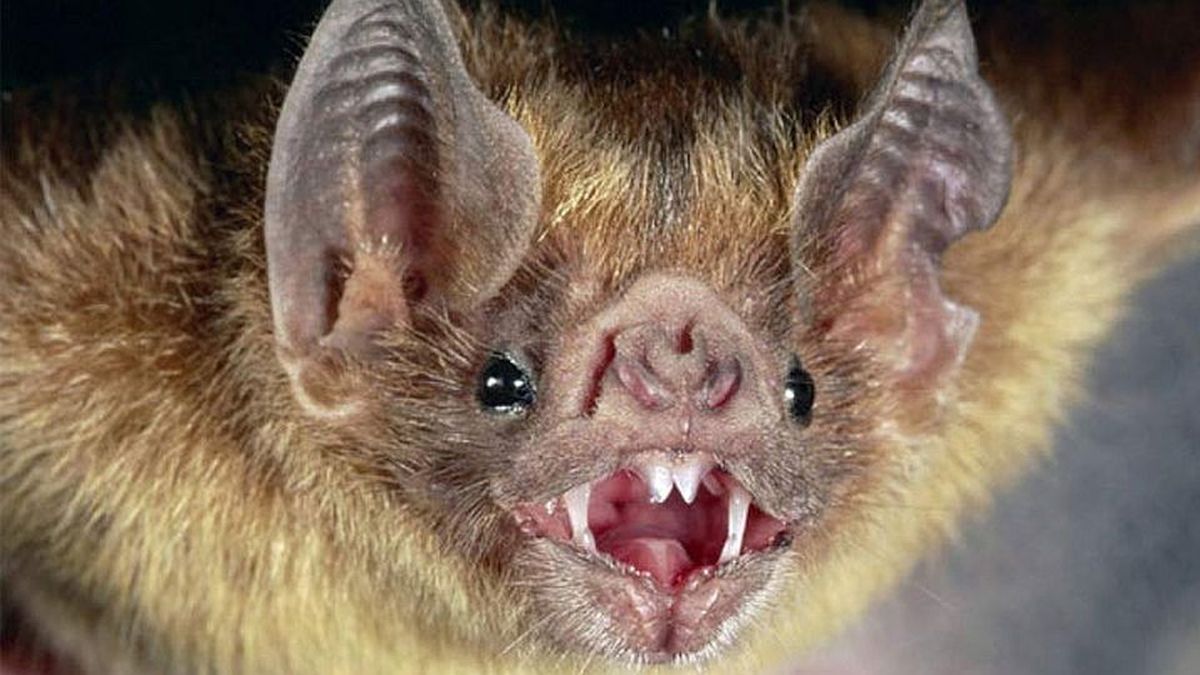As reported by the journal Nature, some bats that live in the caves were caught and managed to collect samples of saliva, urine and feces.
There were three species of horseshoe bats (Rhinolophus), in which viruses were found to be more than 95% identical to SARS-CoV-2. They called them BANAL-52, BANAL-103 and BANAL-236.
After that, three viruses were found that have parts of their genetic code that reinforce the hypothesis that Covid-19 has a natural origin.
They also warned that the discovery raises concerns that there are numerous coronaviruses with the potential to infect people in the future. The receptor-binding domain allows SARS-CoV-2 to bind to a receptor called ACE2 on the surface of human cells to enter them.
Notably, the study does not clarify how a progenitor of the virus could have traveled to Wuhan, in central China, where the first cases were identified, or if the virus traveled in an intermediate animal. These spawns could come from sampling more bats and other wildlife in Southeast Asia.
With regard to SARS-CoV-2 and RaTG13, specialists know that they share 96% of their genome.
Based on the mutations each carries, scientists estimated that they share a common ancestor that infected bats about 40 years ago. Both infect cells by using a molecular spike, called a “receptor-binding domain,” to adhere to their surface.
While the results have been published on the Research Square prepress server, they have not yet been peer-reviewed.
David William is a talented author who has made a name for himself in the world of writing. He is a professional author who writes on a wide range of topics, from general interest to opinion news. David is currently working as a writer at 24 hours worlds where he brings his unique perspective and in-depth research to his articles, making them both informative and engaging.




